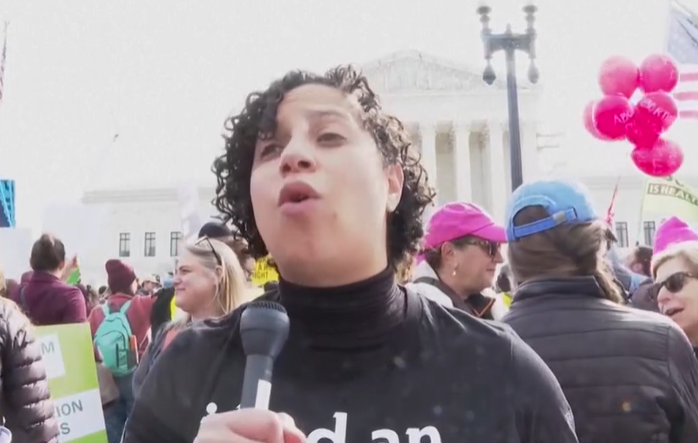During a Tuesday hearing, the US Supreme Court expressed skepticism towards an attempt to restrict access to the commonly used abortion drug, mifepristone.
The case, considered the most significant abortion-related issue before the court since the national right to abortion was ended in June 2022, revolves around decisions made by the Food and Drug Administration (FDA) to relax restrictions on mifepristone’s usage since 2016.
In November 2022, the Alliance for Hippocratic Medicine, an umbrella group of anti-abortion doctors and activists, filed a lawsuit alleging that mifepristone is unsafe and that the FDA improperly expanded access to it. However, numerous studies have demonstrated the safety of mifepristone, which was first FDA-approved in 2000.
The Alliance contends that its members might face harm by having to treat patients who have used mifepristone to terminate pregnancies, citing religious objections. However, US Solicitor General Elizabeth Prelogar argued before the court that the doctors failed to demonstrate direct harm caused by the FDA’s decisions.
Prelogar cautioned that ruling in favor of the anti-abortion group would disrupt the drug approval system and harm women nationwide. Several justices, including conservative ones who had previously supported anti-abortion plaintiffs, questioned the legitimacy of the case and whether the doctors truly suffered due to the rule changes.
Justice Amy Coney Barrett, appointed by former President Donald Trump, challenged the group’s attorneys on whether the cited doctors had been compelled to terminate pregnancies against their will.
Justice Neil Gorsuch, another conservative appointee of Trump, raised concerns about the potential consequences of ruling in favor of the Alliance, suggesting it could empower a small group to influence FDA regulations extensively.
Liberal justices Elena Kagan and Ketanji Brown Jackson questioned why the doctors were not already protected by their right to conscientiously object to certain medical procedures.
Mifepristone, used in conjunction with misoprostol, is the primary method for medical abortions in the US, accounting for a significant portion of all abortions. The FDA’s decisions since 2016 have expanded access to the drug, allowing its use until the 10-week mark and lifting in-person dispensing requirements.
Despite ongoing protests outside the court from both anti-abortion advocates and reproductive rights groups, with some resulting in arrests, the justices will determine the outcome of this pivotal case, which could have far-reaching implications for abortion access nationwide.

